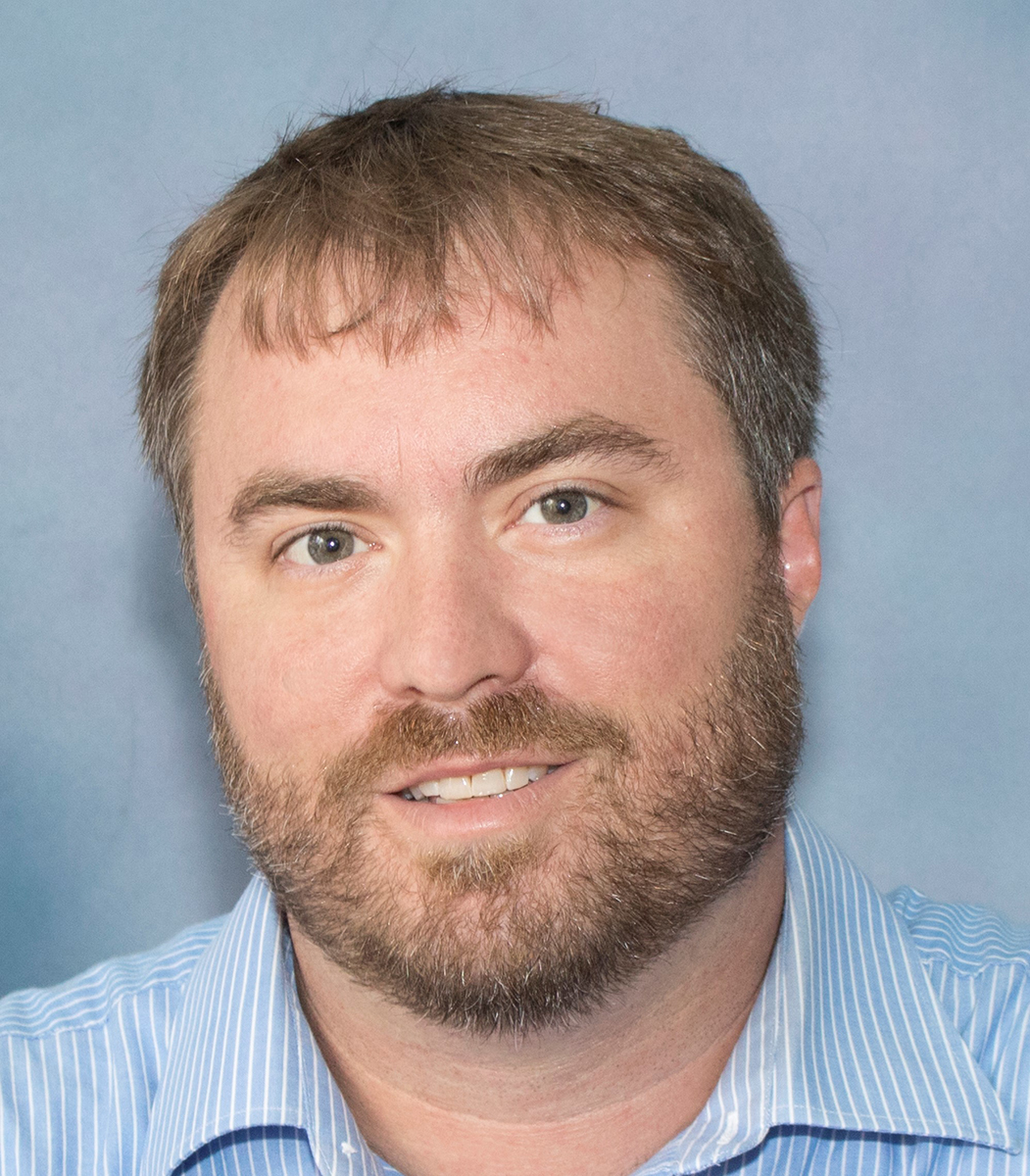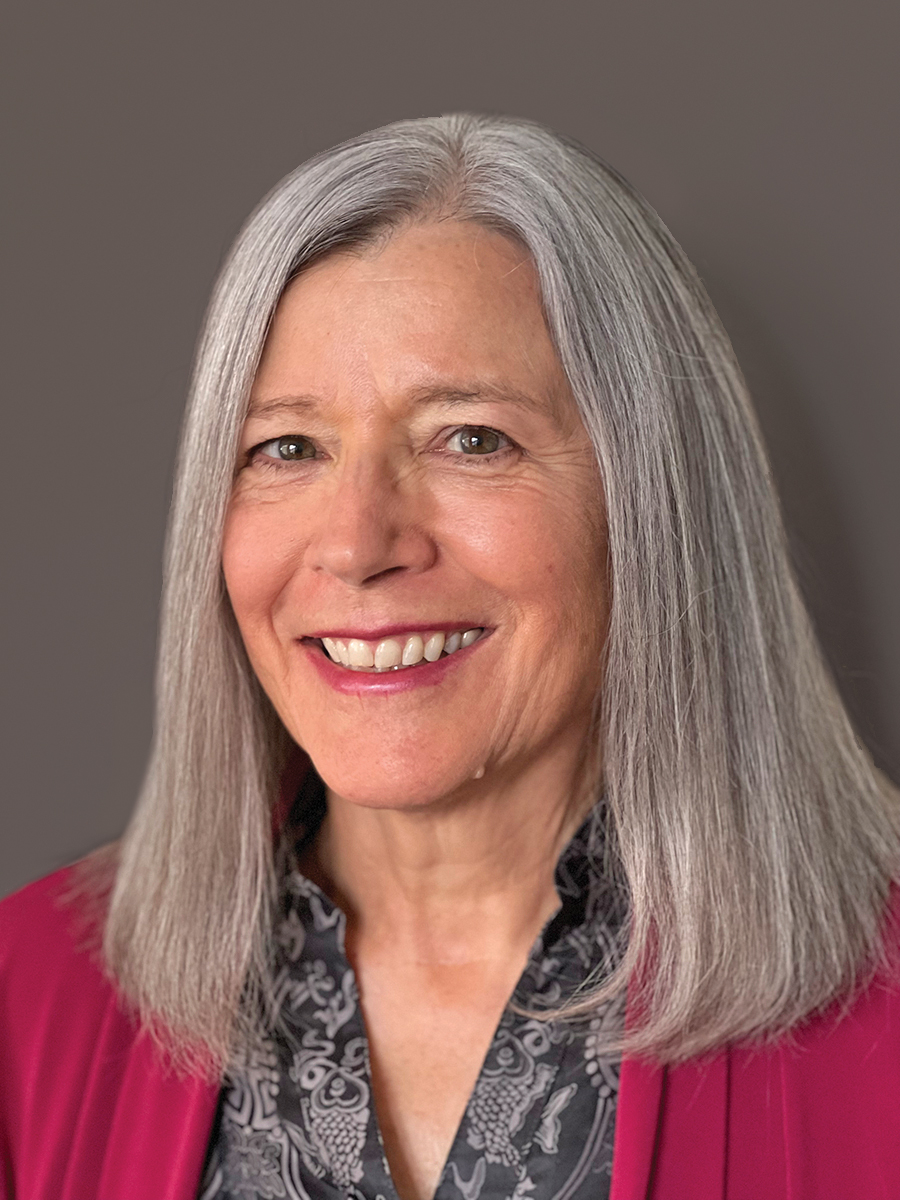Q&A with the Author
- Congratulations on the publication of Managing Suicidal Risk: Third Edition: A Collaborative Approach. Can you briefly explain the Collaborative Assessment and Management of Suicidality (CAMS), and why it is such an effective treatment plan for suicidal behavior, and suicide prevention?
- Over the course of your 40-year career studying suicidology, you have moved the field toward a more patient-centered approach. Can you discuss this shift? What are the four pillars of CAMS?
- This new edition of Managing Suicidal Risk includes over 65% new material, including an increased focus on implementing CAMS with teens. Do you agree that now is “a dark time for therapists treating adolescents in despair,” as reported in The New York Times? How is your book uniquely positioned to assist therapists who are working with young adult patients?
- One of the reasons Managing Suicidal Risk is a bestseller is that is it so user-friendly. Reviewers have called it “clear and flexible,” “easy to read,” and “notable for its readability and instructiveness.” Can you highlight one or two aspects of the book that are especially user-friendly?
- Lastly, we would love to learn a little bit more about you on a personal level! When you are not working, what do you do for fun? Now that your book is out, is there a project that you are excited to work on next (a presentation, a workshop, writing another book, etc.)?
Congratulations on the publication of Managing Suicidal Risk: Third Edition: A Collaborative Approach. Can you briefly explain the Collaborative Assessment and Management of Suicidality (CAMS), and why it is such an effective treatment plan for suicidal behavior, and suicide prevention?
CAMS is a therapeutic framework that clinicians can use to effectively assess and treat suicidal risk. Paramount to CAMS is the strength of the alliance between the patient and clinician—the clinician is really working to see the struggle through the patient’s eyes. Within CAMS, patients identify their own self-defined "drivers" of suicide which are then targeted and treated throughout CAMS-guided care. Beyond worldwide clinical success, we know CAMS is effective based on 10 published open clinical trials, 7 published randomized controlled trials, and 2 meta-analyses.
Over the course of your 40-year career studying suicidology, you have moved the field toward a more patient-centered approach. Can you discuss this shift? What are the four pillars of CAMS?
There is clear clinical trial evidence that treatment focused on suicidal ideation and behavior is more effective than focusing on mental disorders (e.g., depression or schizophrenia). There is also evidence that patients prefer a patient-centered approach that emphasizes what I have called the four pillars of CAMS: empathy, collaboration, honesty, and a singular focus on suicide. CAMS thus emphasizes an outpatient approach that focuses on patient-defined "drivers" and helps the patient learn to manage their suicidal thoughts and feelings while achieving behavioral stability. A robust finding from a recent meta-analysis is that CAMS increases hope while it decreases hopelessness.
This new edition of Managing Suicidal Risk includes over 65% new material, including an increased focus on implementing CAMS with teens. Do you agree that now is “a dark time for therapists treating adolescents in despair,” as reported in The New York Times? How is your book uniquely positioned to assist therapists who are working with young adult patients?
I agree that there are unique post-pandemic challenges within mental health at large and for contemporary clinical providers. We know from research that young adults, teens, and even children are struggling with suicide in concerning ways, particular young people of color. To this end, much of our current clinical trial research using CAMS focuses on adolescents (CAMS-4Teens) and even children (CAMS-4Kids). Moreover, there is an increased focus on issues of diversity, equity, and inclusion in the third edition and the case study that is featured throughout the book is based on a multiracial adolescent attempter of suicide.
One of the reasons Managing Suicidal Risk is a bestseller is that is it so user-friendly. Reviewers have called it “clear and flexible,” “easy to read,” and “notable for its readability and instructiveness.” Can you highlight one or two aspects of the book that are especially user-friendly?
1) Since the first edition my editor at Guilford pushed for me to write these books in the first person, like a workshop, and not so much with an academic or scientific voice. To this end, I think readers find my first-person voice, liberal use of case examples, and some of my shared struggles and insights to be relatable, refreshing, and ultimately reassuring.
2) The flexibility of CAMS is very much due to it being a therapeutic framework vs a psychotherapy, per se. In this sense, CAMS does not require a particular theoretical orientation or require particular interventions to treat drivers, this is up to the clinician and patient. As long as the framework and the Suicide Status Form (SSF-5) are guiding a patient-centered and suicide-focused course of care, then CAMS is being used with adherence. This framework thus adapts to a range of settings including outpatient clinics, community mental health centers, inpatient settings, telehealth, counseling centers, crisis settings, etc. The third edition features the newest version of the SSF as well as other clinical tools and provides information about the potential use of electronic records and how to use CAMS via telehealth.
Lastly, we would love to learn a little bit more about you on a personal level! When you are not working, what do you do for fun? Now that your book is out, is there a project that you are excited to work on next (a presentation, a workshop, writing another book, etc.)?
My personal life is centered around my family—my marriage to my wife of 32 years and the relationship we have with our two adult sons. When not working, I do a lot of reading, work out, and we enjoy spending time with family, friends, and our dog. My wife and I love to take road trips to visit favorite places and friends. I have a long-standing interest in history, particularly related to the field of mental health, and we enjoy visiting various asylums of a bygone era that still exist throughout the U.S. and abroad.
With the book out, my professional focus is on my academic life, my students, my lab, my colleagues, and my patients. We have five funded ongoing randomized controlled trials of CAMS that are currently underway which is a major focus. A particular interest of mine both personally and professionally is on the "psychology of life." When one studies suicide in-depth for 40+ years, one learns a lot about living in a particular way. Now that I am done with the CAMS series, I may yet write another book on the psychology of life—lessons learned from clinical suicidology and what we now know about what makes life worth living. In other words, how do we go about pursuing lives replete with meaningful work, love, and play and a sense of purpose and meaning?
See all titles by and read more about David A. Jobes on his author page!














